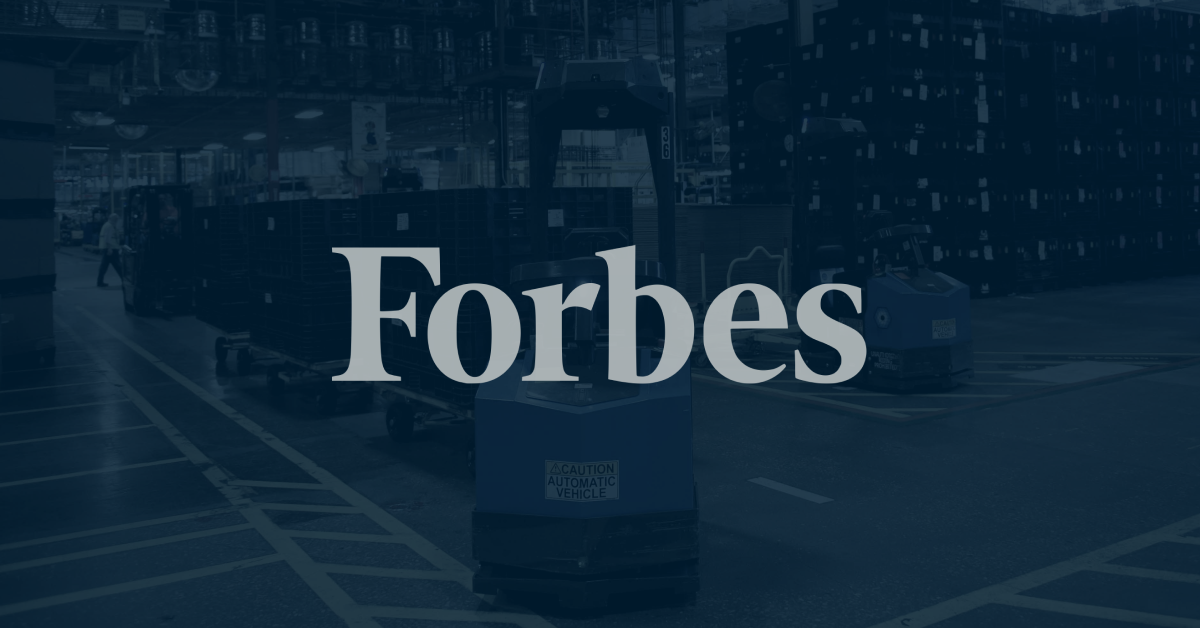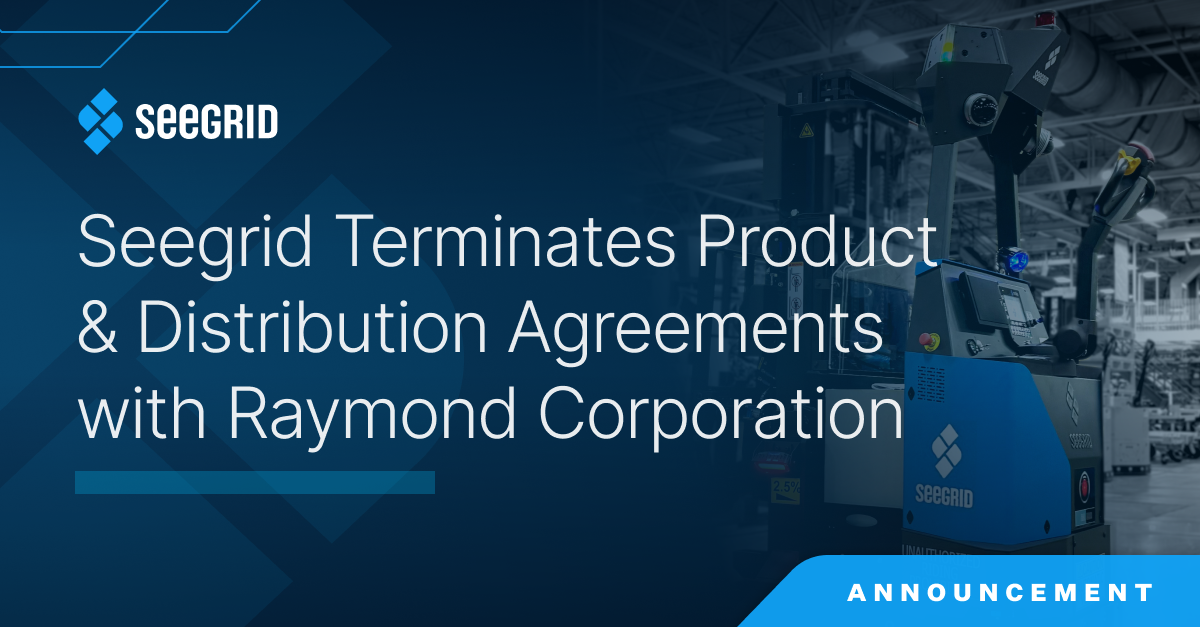Companies on the supply chain forefront thrive by mastering the now while preparing for the next. Automation has been around for centuries when you think about it in the most simplistic terms: Putting machines to work to advance what was, in the past, done by hand.
So, although the desire to automate — doing something faster, better, smarter — predates Covid-19, the last year put a global spotlight on both the need for and benefits of automation. From labor shortages and safety concerns to interrupted supply flow, helping address the many supply chain pressures facing companies in the warehousing, logistics and e-commerce space is in the headlines now more than ever before.
The supply chain pressures are largely consumer-driven, with unpredictable buying habits relying heavily on e-commerce goods more than ever through online and mobile shopping. This has resulted in fulfillment warehouses working to meet demand at an unprecedented rate. While the panic buying and empty shelves we saw have subsided, the lesson of resiliency and agility will remain, as unpredictable supply chain and market pressures will continue to fluctuate in unexpected ways. Businesses are no longer asking if or when they should automate but if their automation technology is performing as planned and how to scale it.
As a result, we’re seeing record adoption of automation solutions in the form of autonomous mobile robots (AMRs) being embraced by today’s biggest brands. For example, according to the 2021 MHI Annual Industry Report, nearly half of supply chain leaders accelerated spending on technologies like AMRs due to Covid-19. Further, Pitchbook found that venture capital investment in robotics grew by a staggering 440% from 2015 to 2020 — from $1 billion to $5.4 billion.
But automation’s success is dependent on businesses recognizing and understanding its critical role in boosting flexibility, productivity, safety and scalability — and ultimately in ensuring companies’ competitiveness over the long term.
Click the button below to find out how automation and autonomous mobile robots (AMRs) are helping ensure sustainable business growth and resilient supply chains.







